PostProcess® PLM-001-SURF
Material Safety Datasheet for PLM-001-SURF, proprietary detergent by PostProcess®
Read More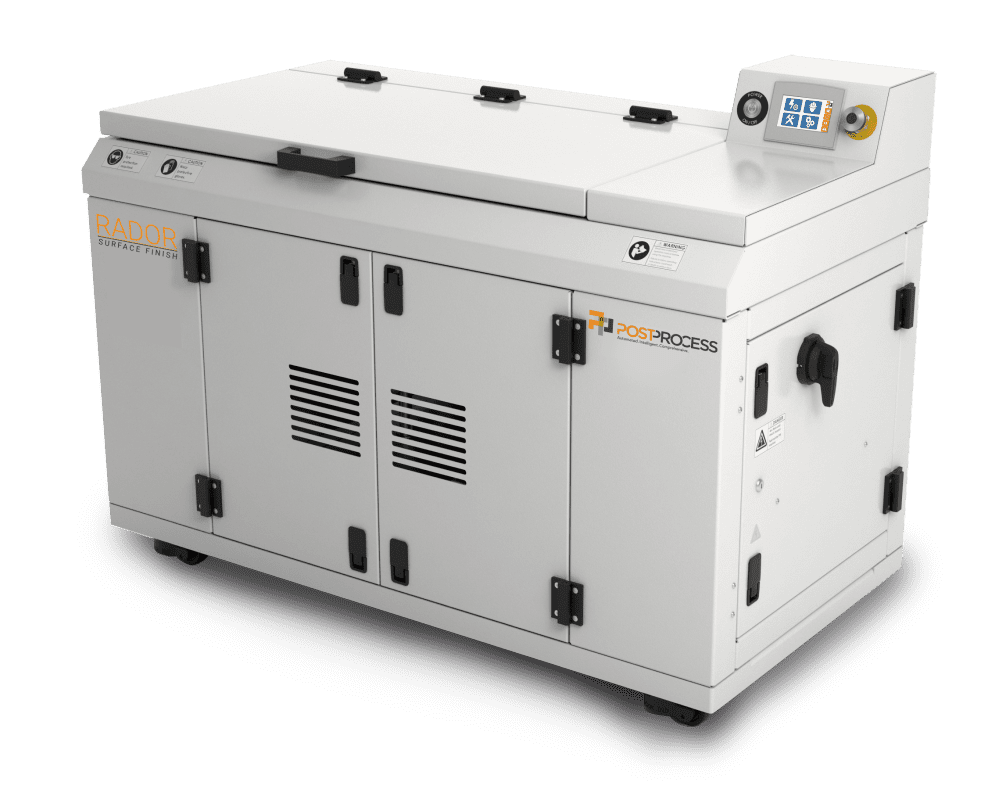
PostProcess®
How to post-process 3D prints and get excellent surface finish with RADOR from PostProcess Technologies® which utilizes software intelligence, hardware, and advanced vibratory technology to dually remove powder from and burnish printed parts. The secret behind this flexible automated solution is the Suspended Rotational Force (SRF) technology, which employs PostProcess' AUTOMAT3D software to create an effective friction force and suspend parts in a circulating motion. This movement ensures that every area of each part receives equal exposure to the finishing hardware. The rotary motion is kicked into gear by the machine’s vibratory tub. These vibrations are essential to RADOR’s effective powder removal and surface finishing capabilities.
PostProcess® RADOR™ has been engineered to meet the desired Roughness Average (Ra) specifications to achieve various finishes on a wide range of 3D printed materials. This automated system is capable of finishing surfaces of the following 3D printing technologies: FDM, SLA, CLIP, PolyJet, SLS, MJF, as well as metals, thanks to its patent-pending technology, Suspended Rotational Force (SRF).
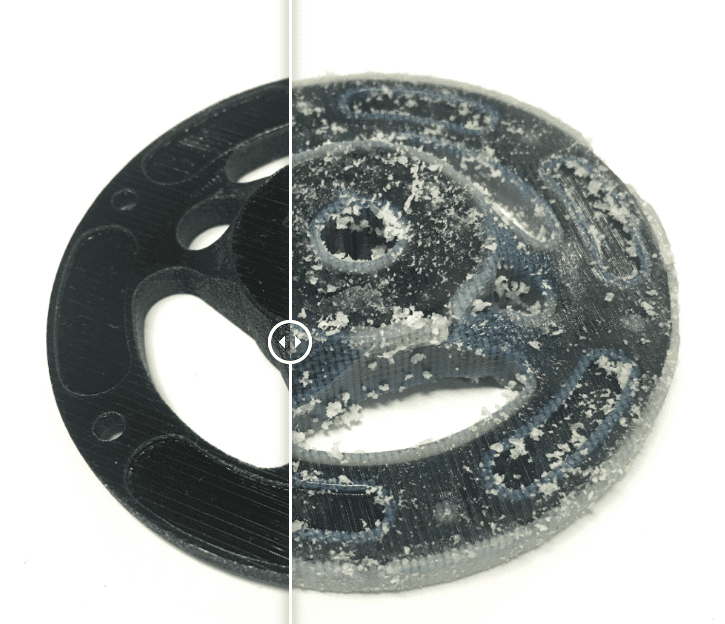
By adopting the PostProcess RADOR, your manufacturing teams will benefit from increased safety and care. With RADOR, you can eliminate, for example, the need for a deburring step altogether. And less exposure to powder particles translates into a safer work environment for the operators.
Automate 3D® software controls the process, and, thanks to its software-driven agitation settings, suspends parts within an abrasive mix of media and detergent. Instead of scrapped parts or inconsistent results, you get the desired finish every time at the touch of a button, even with complex parts.
With PostProcess ground-breaking machines and technology, you can remove production bottlenecks and enable high-volume production by eliminating hours, if not days, from the production cycle. In addition, RADOR is flexible for use across various 3D printing technologies, metal and plastics
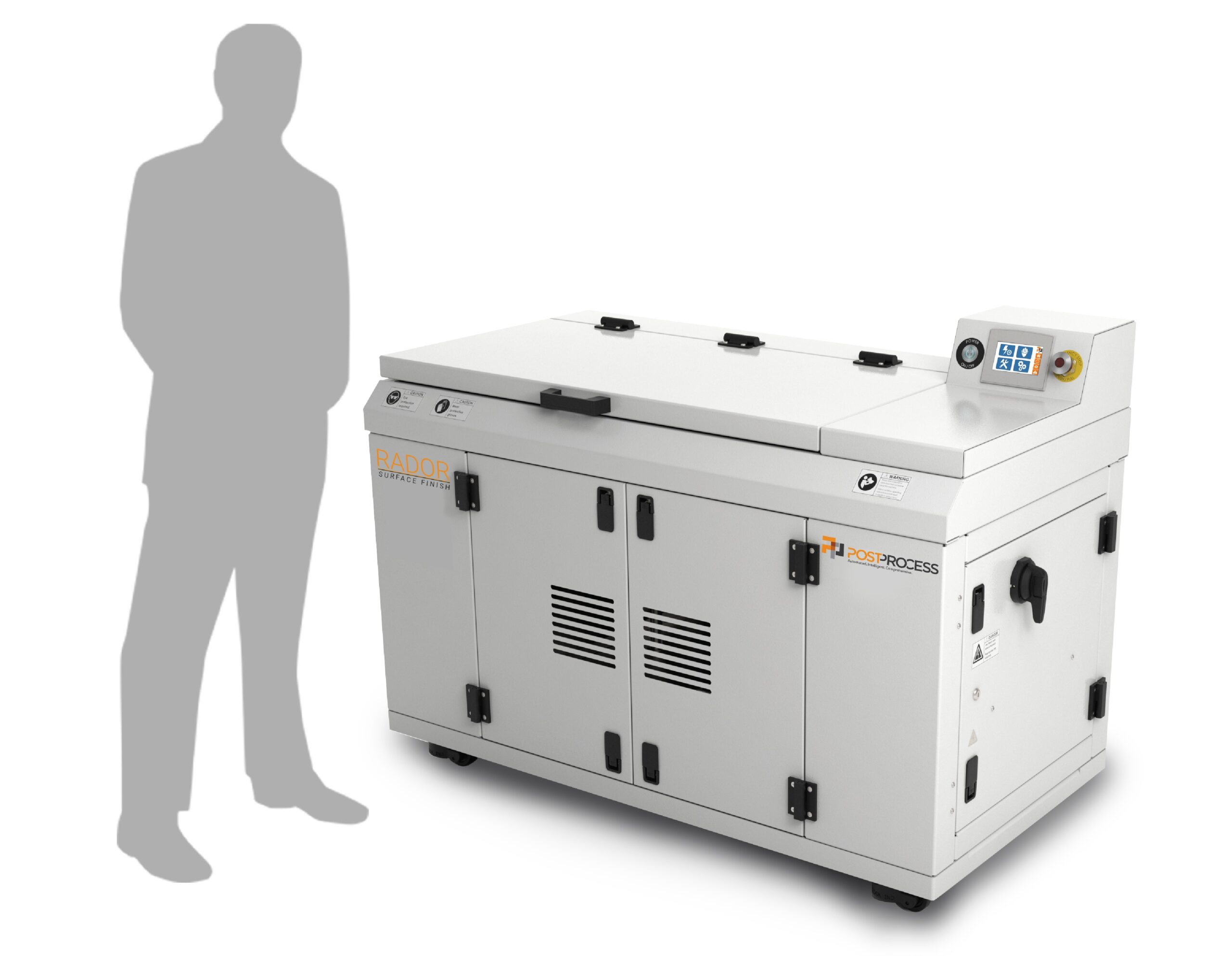
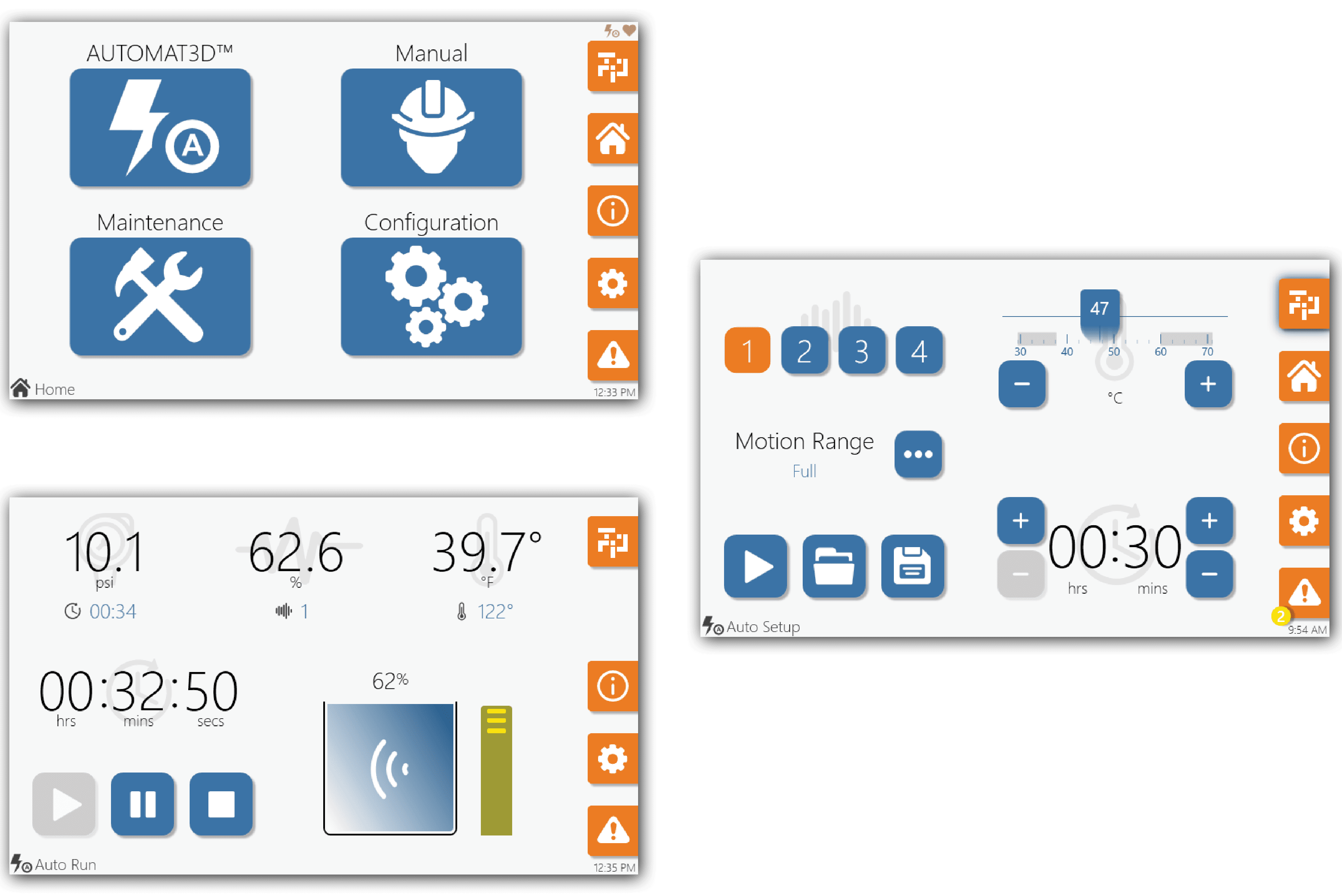
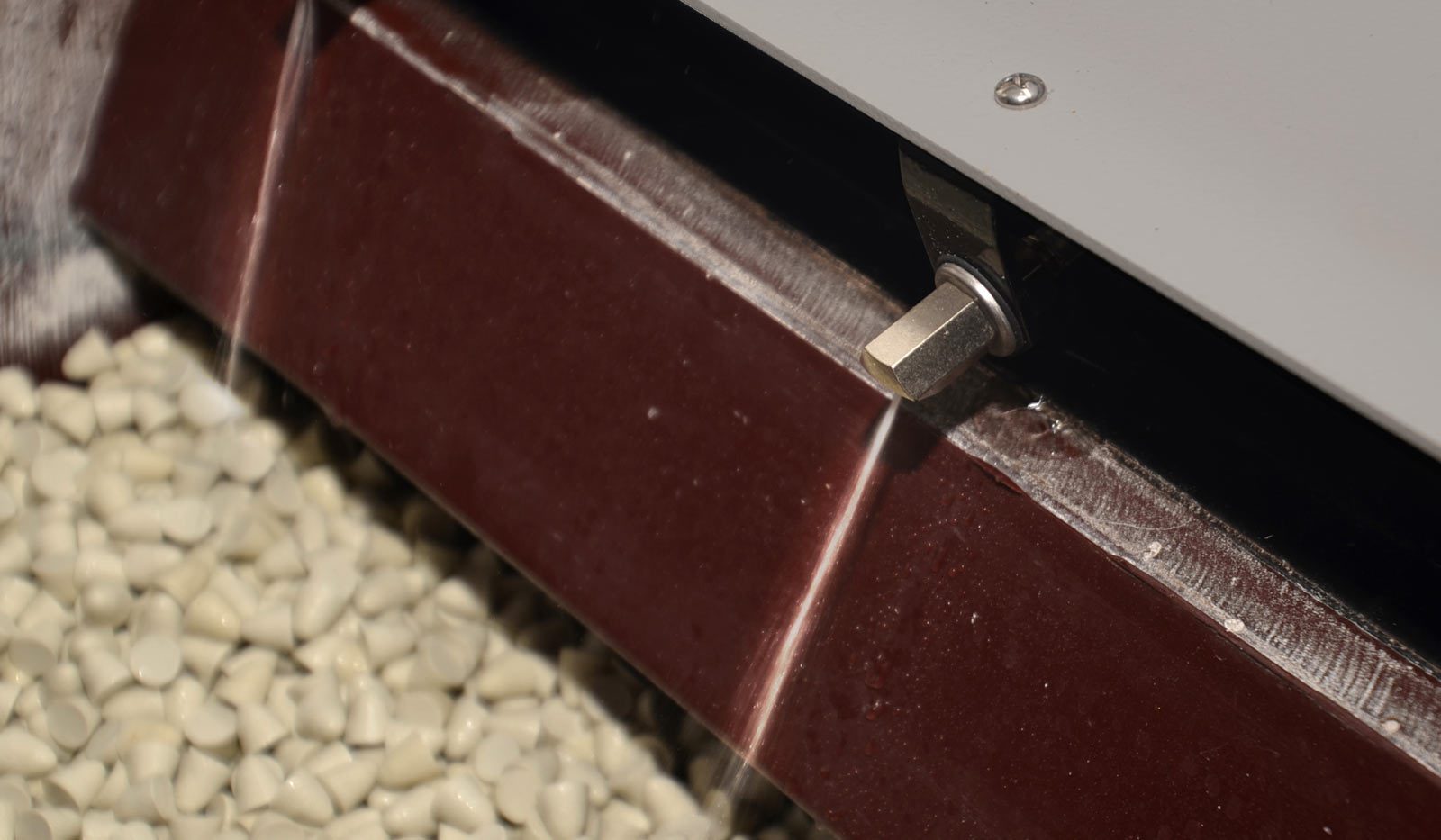
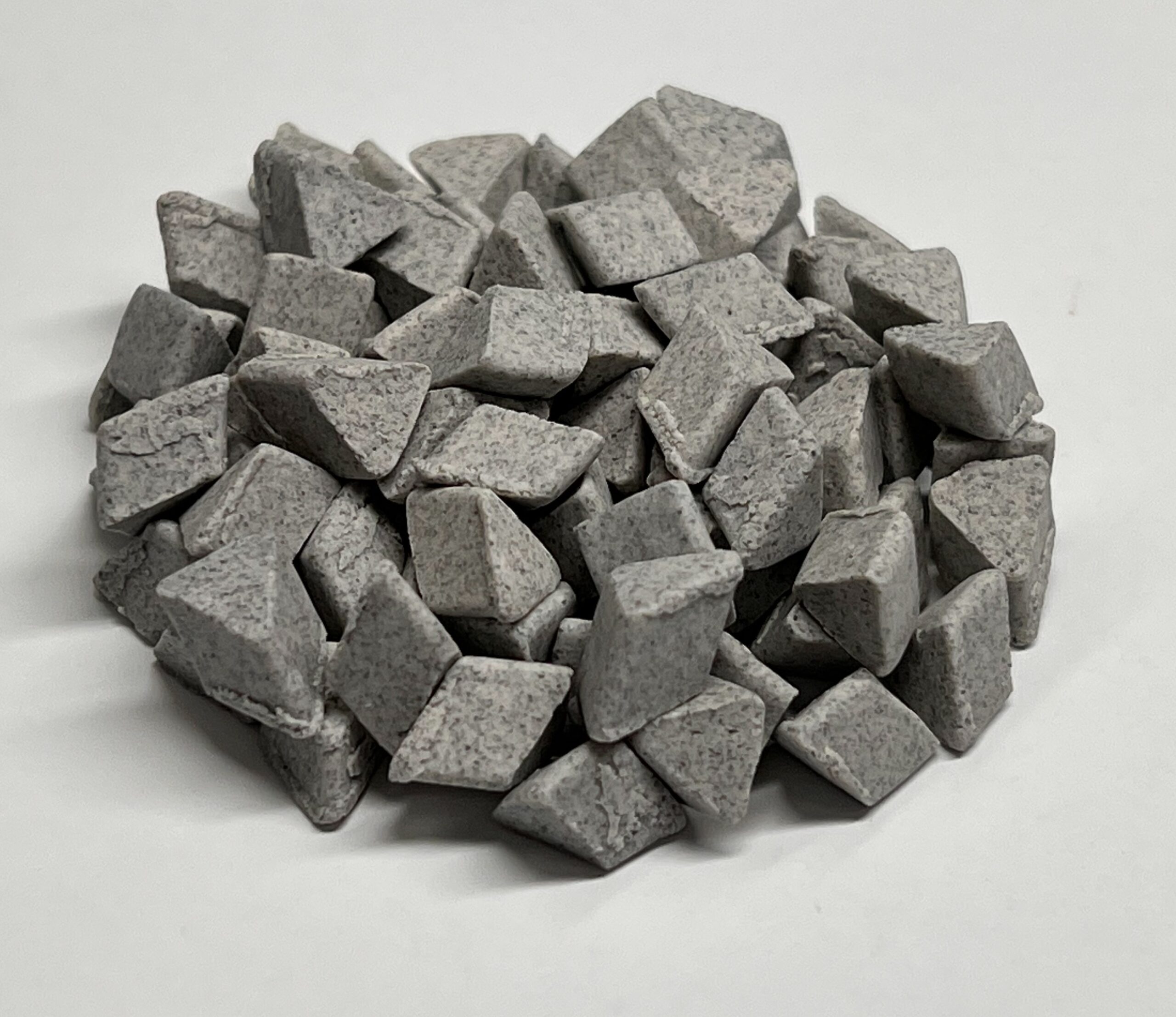
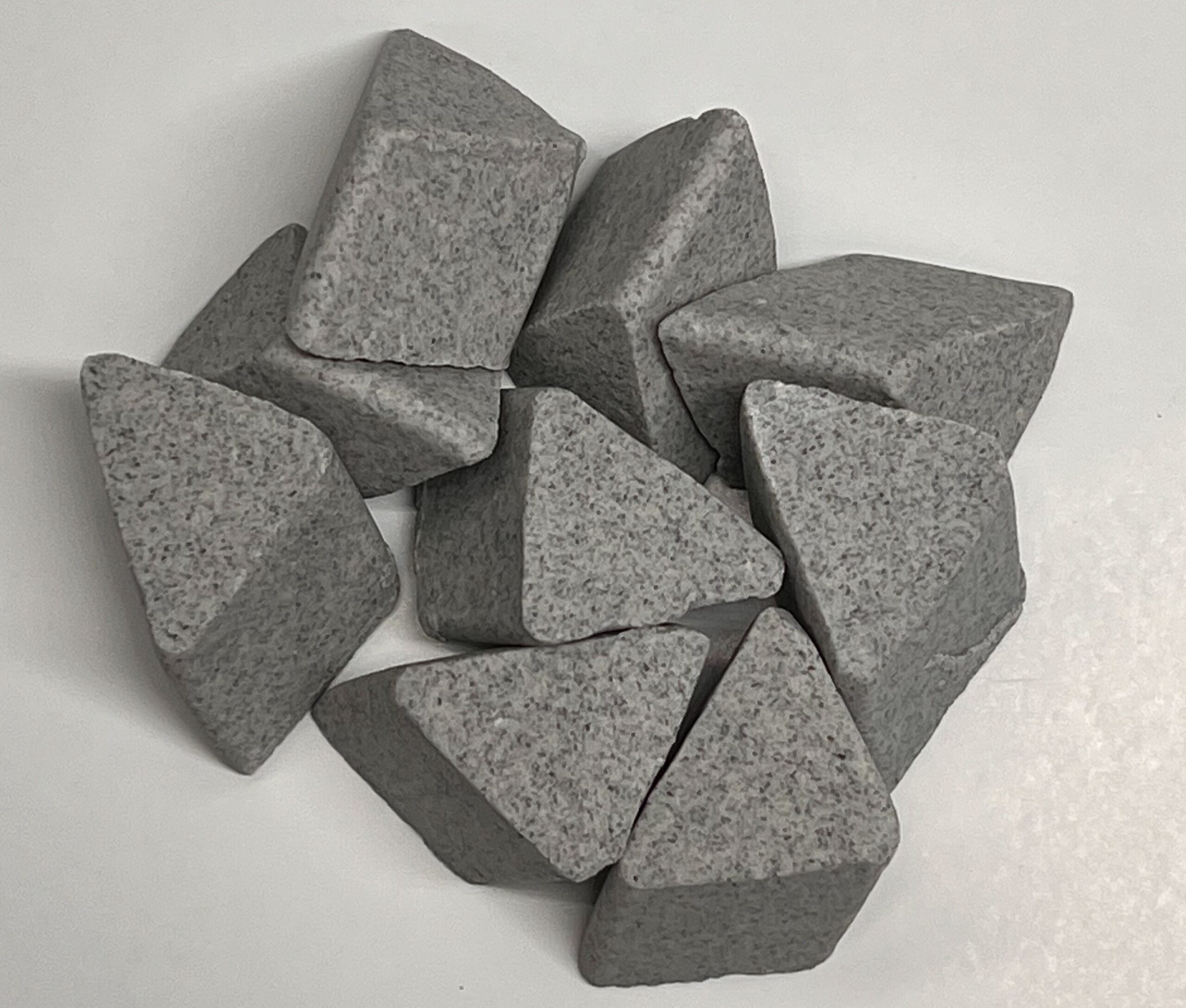
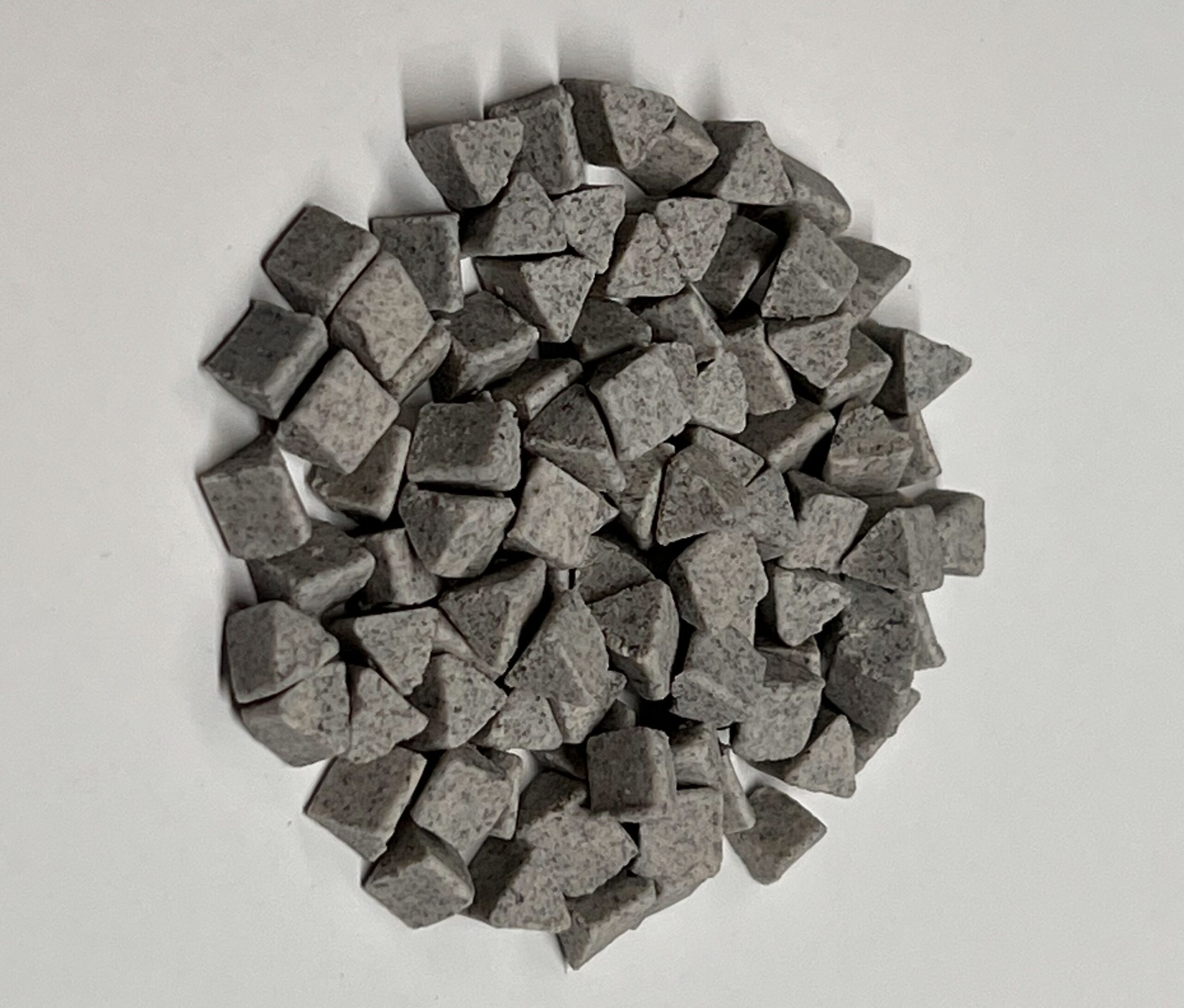
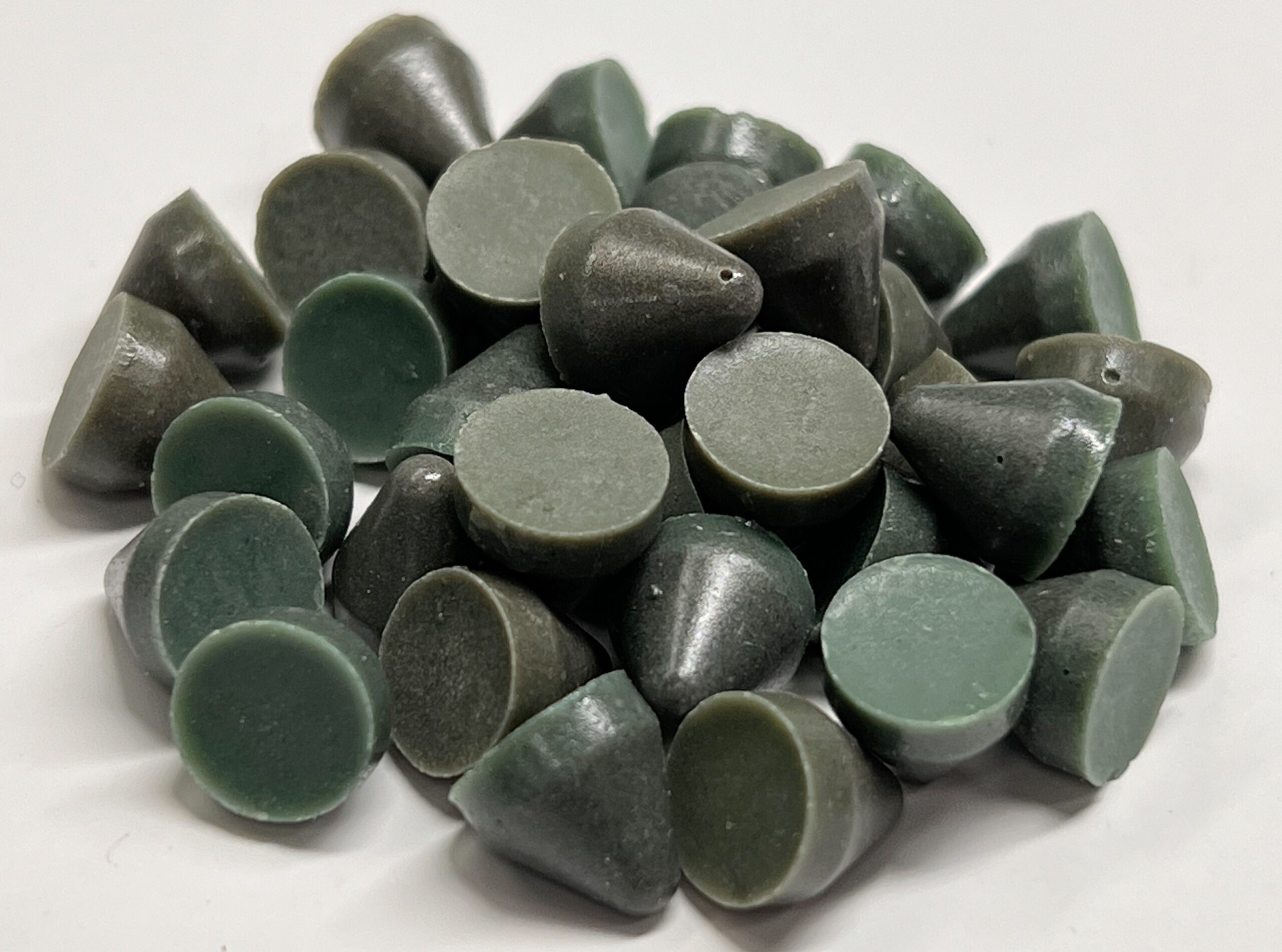
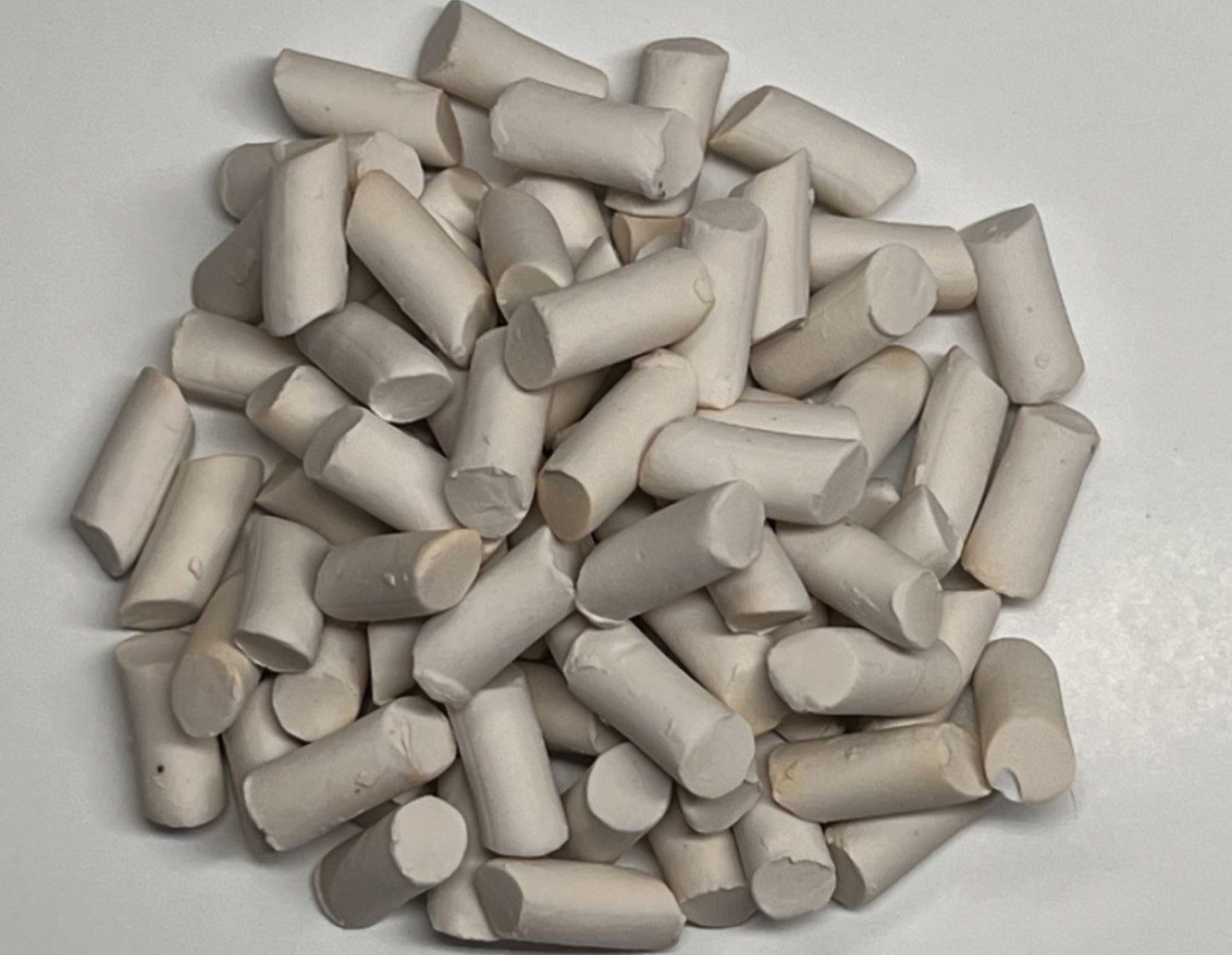
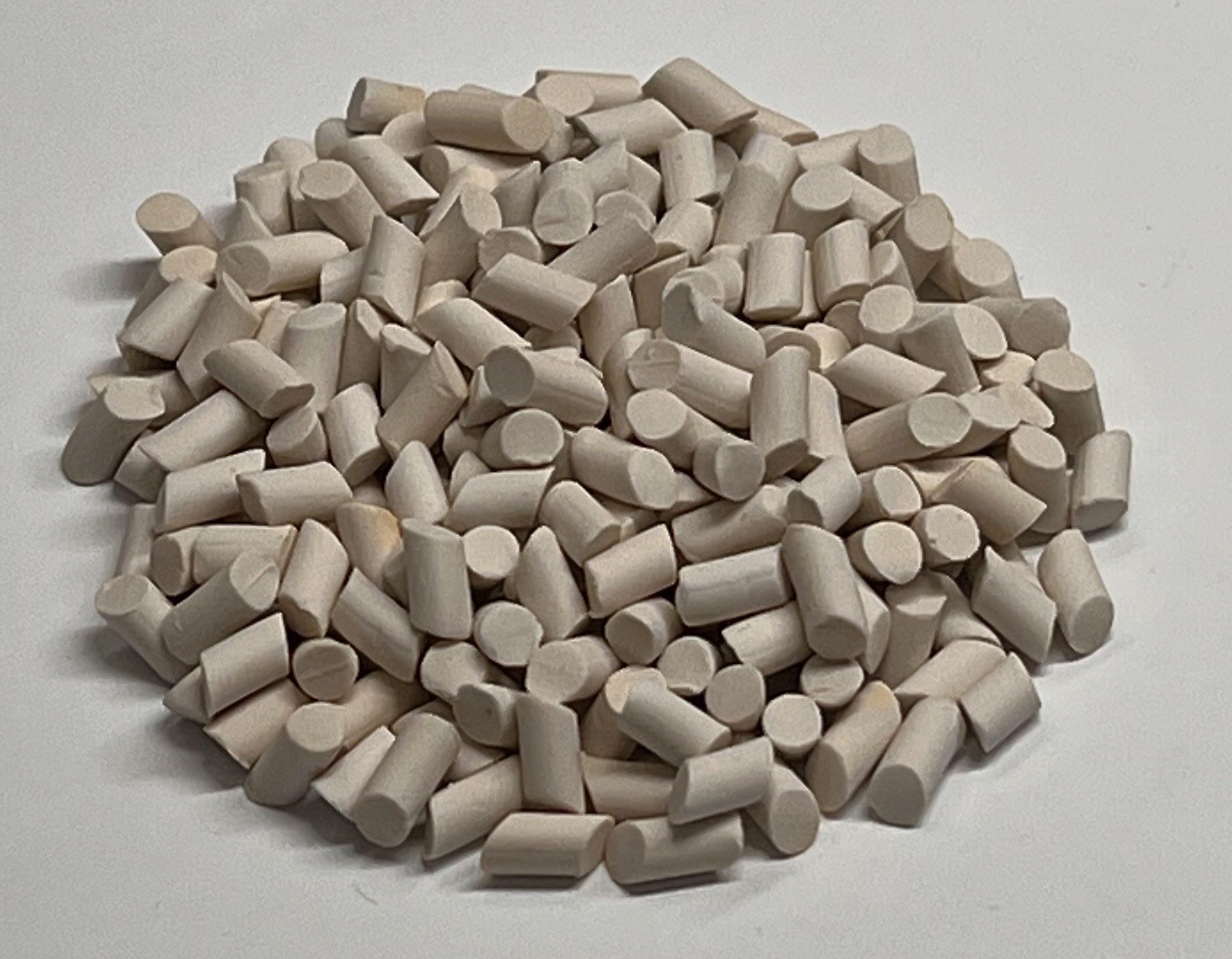
Material Safety Datasheet for PLM-001-SURF, proprietary detergent by PostProcess®
Read More
Software Features |
Software Features
|
Hardware Features |
Hardware Features
|
Size and Weight |
Size and Weight
|
Consumables |
Consumables
|
Electrical |
Electrical
|
Safety Features |
Safety Features
|